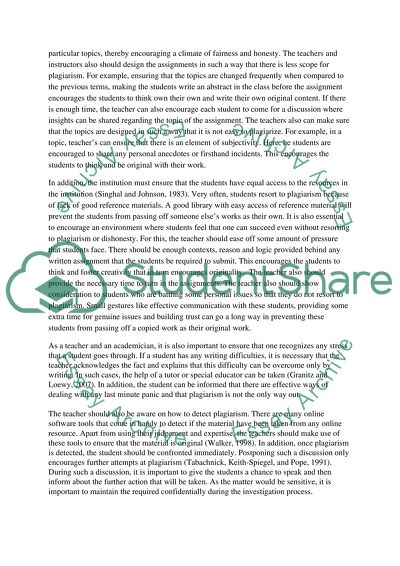Cite this document
(“Plagiarism Essay Example | Topics and Well Written Essays - 1250 words - 3”, n.d.)
Plagiarism Essay Example | Topics and Well Written Essays - 1250 words - 3. Retrieved from https://studentshare.org/miscellaneous/1571948-plagiarism
Plagiarism Essay Example | Topics and Well Written Essays - 1250 words - 3. Retrieved from https://studentshare.org/miscellaneous/1571948-plagiarism
(Plagiarism Essay Example | Topics and Well Written Essays - 1250 Words - 3)
Plagiarism Essay Example | Topics and Well Written Essays - 1250 Words - 3. https://studentshare.org/miscellaneous/1571948-plagiarism.
Plagiarism Essay Example | Topics and Well Written Essays - 1250 Words - 3. https://studentshare.org/miscellaneous/1571948-plagiarism.
“Plagiarism Essay Example | Topics and Well Written Essays - 1250 Words - 3”, n.d. https://studentshare.org/miscellaneous/1571948-plagiarism.


